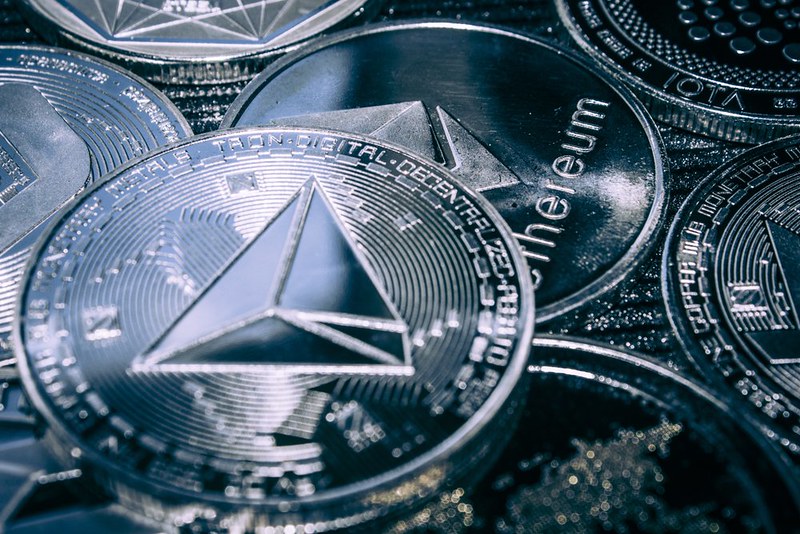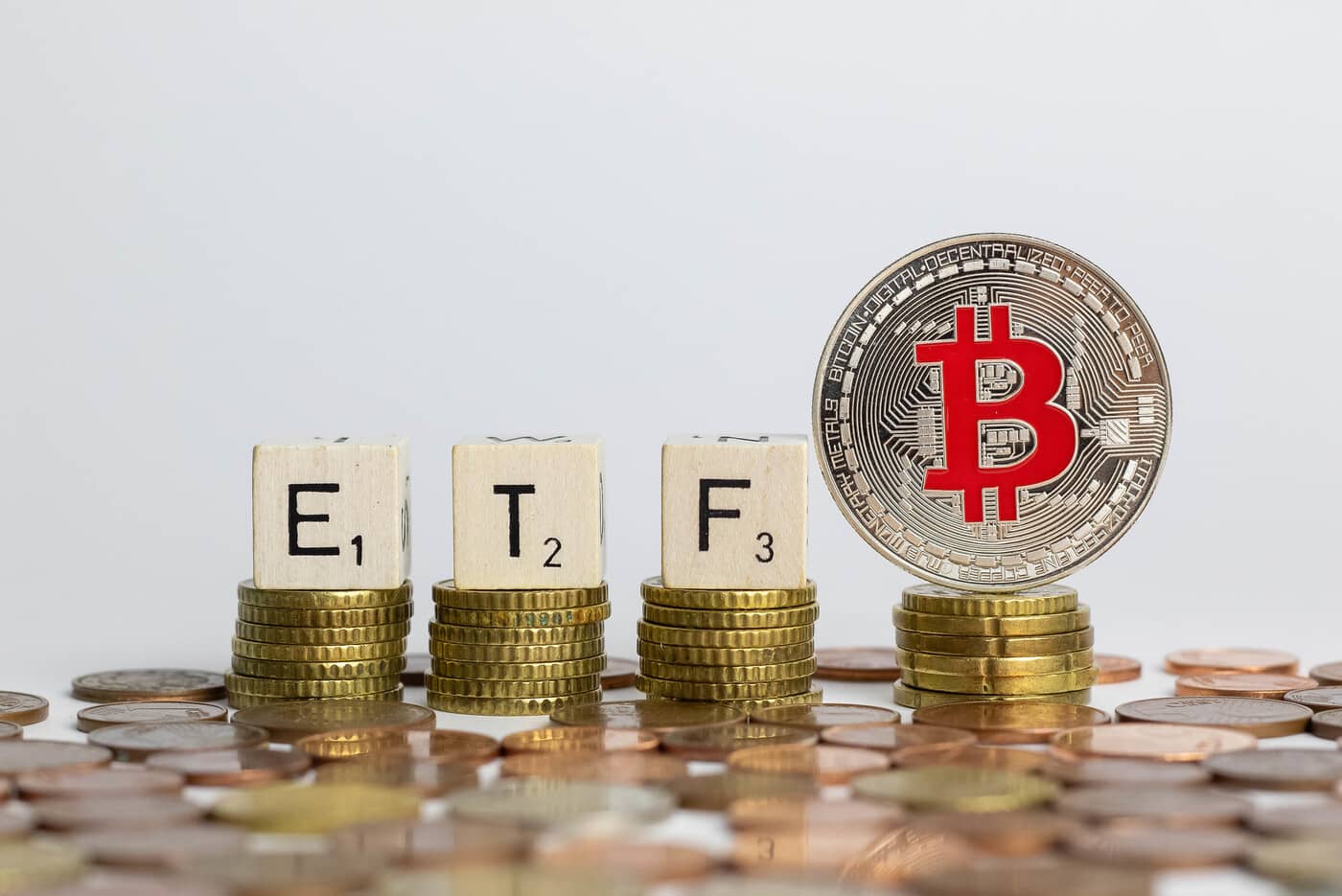
Tokens created using Ethscriptions, a new system inspired by Bitcoin Ordinals, have topped 560 Ethereum ($1 million) in trade volume since their inception in mid-June, according to OpenSea data analysis.
Ethscriptions, the ESC-20 token standard, empowers users to generate distinct tokens by utilizing transactional calldata on the Ethereum blockchain. Tom Lehman, an Ethereum developer, introduced this protocol in mid-June.
Ethscriptions takes inspiration from Bitcoin Ordinals, a system that utilizes “inscription” to associate image data with individual satoshis on the Bitcoin network. However, Ethscriptions utilizes transaction calldata to create unique image artifacts similar to NFTs embedded in Ethereum transactions.
The surge in trading volume, exceeding $1 million in just a few weeks, has piqued the interest of traders toward Ethscriptions, an open-source project. Among the actively traded Ethscriptions, a notable one includes a replica of the renowned CryptoPunks NFT collection, alongside various others.
Still, the protocol is currently in a highly speculative phase, lacking a clear value proposition. This uncertainty may be due to the existing acceptance of NFTs leveraging the ERC-721 token standard.
The ERC-721 token standard is often considered the default mechanism to generate and trade image-based collectibles on the Ethereum blockchain. Despite this, its creator Tom Lehman asserts that Ethscriptions presents a cost-effective alternative to Ethereum NFTs.
Lehman explained that Ethscriptions primarily utilizes calldata to store and exchange various items, such as artistic images. This approach offers a cost-effective solution for executing complex smart contracts on Ethereum.
Why Does The World Need Ethscriptions?
First, let's discuss why the world needs Ethereum. Ethereum is a cloud computing platform like AWS; however, while AWS is controlled by Amazon, Ethereum is decentralized and controlled by no one.
The world needs Ethereum not because AWS is…
— Middlemarch.eth (@dumbnamenumbers) June 20, 2023
It benefits ventures without immediate financial gains, like trading “JPEGs.” The method tackles substantial computational expenses on the network effectively.
Lehman believed that Ethscriptions would surpass NFTs due to their inclusive nature. He stated that while NFTs cater primarily to the wealthy, Ethscriptions offer accessibility to a broader audience.
Why do I believe Ethscriptions will eclipse NFTs?
Because NFTs are only for rich people and Ethscriptions are for everyone!
When was the last time you used your NFT as collateral for a loan?
Probably never!
Why pay extra for tech you do not need?
— Middlemarch.eth (@dumbnamenumbers) June 26, 2023
Ethscriptions: Data-to-Art Collectibles On Ethereum
In Ethereum, the term “calldata” pertains to a transaction component. It holds the function signature and encoded instructions required to invoke a particular function within a smart contract.
The conventional use of this calldata involves specifying instructions to the smart contract. It determines the function to execute and permanently records the parameters on the blockchain alongside the transaction.
However, Ethscriptions introduces a novel approach, leveraging calldata to generate art collectibles. In Ethscriptions, an image or any other data undergoes a conversion process, transforming it into a hexadecimal format.
Subsequently, this converted data is inserted into the calldata field of a 0 ETH transaction. A unique “Ethscription” is essentially generated by storing the data on the blockchain, resembling an NFT.
The process organizes the information for convenient retrieval and makes it accessible to anyone utilizing the blockchain. It is worth mentioning that this approach enables the creation of unique digital items. However, the Ethscriptions do not exhibit identical behavior to conventional NFTs.
Related Reading| Bloomberg: Circle’s Allaire Anticipates Approval Of Bitcoin ETFs
Instead of conforming to the widely recognized ERC-721 standard, which is typically associated with NFTs on Ethereum. These items cannot be transferred or sold similarly. Instead, they serve as distinct representations of data permanently documented on the Ethereum blockchain.








